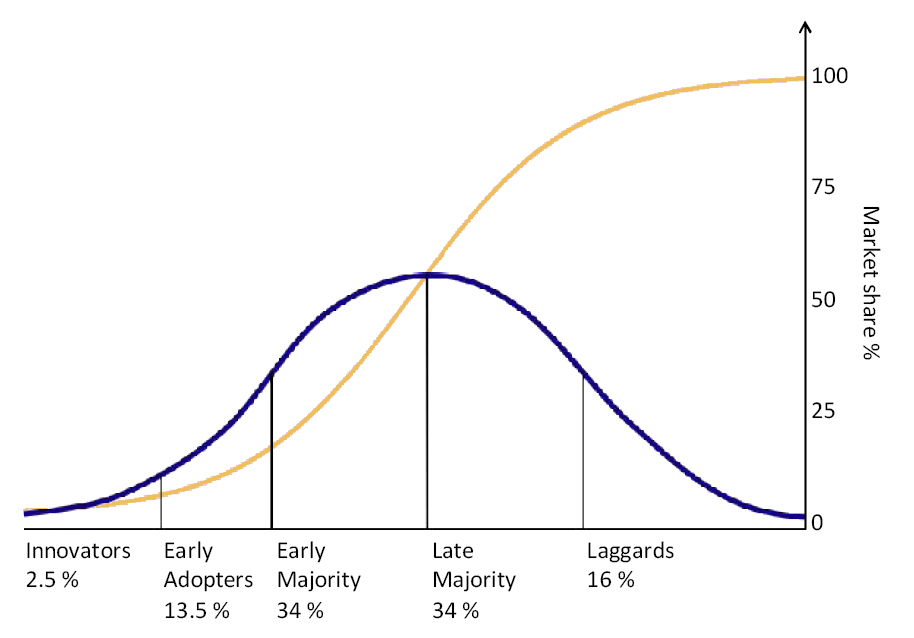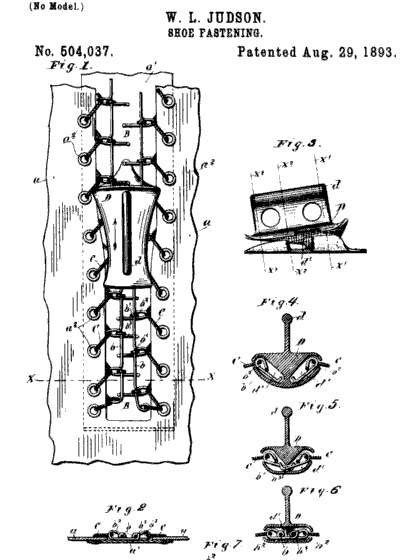| << Chapter < Page | Chapter >> Page > |
Culture lag can also cause tangible problems. The infrastructure of the United States, built a hundred years ago or more, is having trouble supporting today’s more heavily populated and fast-paced life. Yet there is a lag in conceptualizing solutions to infrastructure problems. Rising fuel prices, increased air pollution, and traffic jams are all symptoms of culture lag. Although people are becoming aware of the consequences of overusing resources, the means to support changes takes time to achieve.

The integration of world markets and technological advances of the last decades have allowed for greater exchange between cultures through the processes of globalization and diffusion. Beginning in the 1980s, Western governments began to deregulate social services while granting greater liberties to private businesses. As a result, world markets became dominated by multinational companies in the 1980s, a new state of affairs at that time. We have since come to refer to this integration of international trade and finance markets as globalization . Increased communications and air travel have further opened doors for international business relations, facilitating the flow not only of goods but also of information and people as well (Scheuerman 2014 (revised)). Today, many U.S. companies set up offices in other nations where the costs of resources and labor are cheaper. When a person in the United States calls to get information about banking, insurance, or computer services, the person taking that call may be working in another country.
Alongside the process of globalization is diffusion , or the spread of material and nonmaterial culture. While globalization refers to the integration of markets, diffusion relates to a similar process in the integration of international cultures. Middle-class Americans can fly overseas and return with a new appreciation of Thai noodles or Italian gelato. Access to television and the Internet has brought the lifestyles and values portrayed in U.S. sitcoms into homes around the globe. Twitter feeds from public demonstrations in one nation have encouraged political protesters in other countries. When this kind of diffusion occurs, material objects and ideas from one culture are introduced into another.


Sociologists recognize high culture and popular culture within societies. Societies are also comprised of many subcultures—smaller groups that share an identity. Countercultures reject mainstream values and create their own cultural rules and norms. Through invention or discovery, cultures evolve via new ideas and new ways of thinking. In many modern cultures, the cornerstone of innovation is technology, the rapid growth of which can lead to cultural lag. Technology is also responsible for the spread of both material and nonmaterial culture that contributes to globalization.
Identify several examples of popular culture and describe how they inform larger culture. How prevalent is the effect of these examples in your everyday life?
Consider some of the specific issues or concerns of your generation. Are any ideas countercultural? What subcultures have emerged from your generation? How have the issues of your generation expressed themselves culturally? How has your generation made its mark on society’s collective culture?
What are some examples of cultural lag that are present in your life? Do you think technology affects culture positively or negatively? Explain.
The Beats were a counterculture that birthed an entire movement of art, music, and literature—much of which is still highly regarded and studied today. The man responsible for naming the generation was Jack Kerouac; however, the man responsible for introducing the world to that generation was John Clellon Holmes, a writer often lumped in with the group. In 1952 he penned an article for the New York Times Magazine titled, “This Is the Beat Generation.” Read that article and learn more about Clellon Holmes and the Beats: (External Link)
Popular culture meets counterculture in this as Oprah Winfrey interacts with members of the Yearning for Zion cult. Read about it here: (External Link)
Greif, Mark. 2010. “The Hipster in the Mirror.” New York Times , November 12. Retrieved February 10, 2012 ( (External Link) ).
Ogburn, William F. 1957. “Cultural Lag as Theory.” Sociology&Social Research 41(3):167–174.
Rogers, Everett M. 1962. Diffusion of Innovations . Glencoe: Free Press.
Scheuerman, William. 2010. “Globalization.” The Stanford Encyclopedia of Philosophy , edited by E. N. Revised 2014. Zalta, Summer. Retrieved February 10, 2012 ( (External Link) ).

Notification Switch
Would you like to follow the 'Introduction to sociology 2e' conversation and receive update notifications?